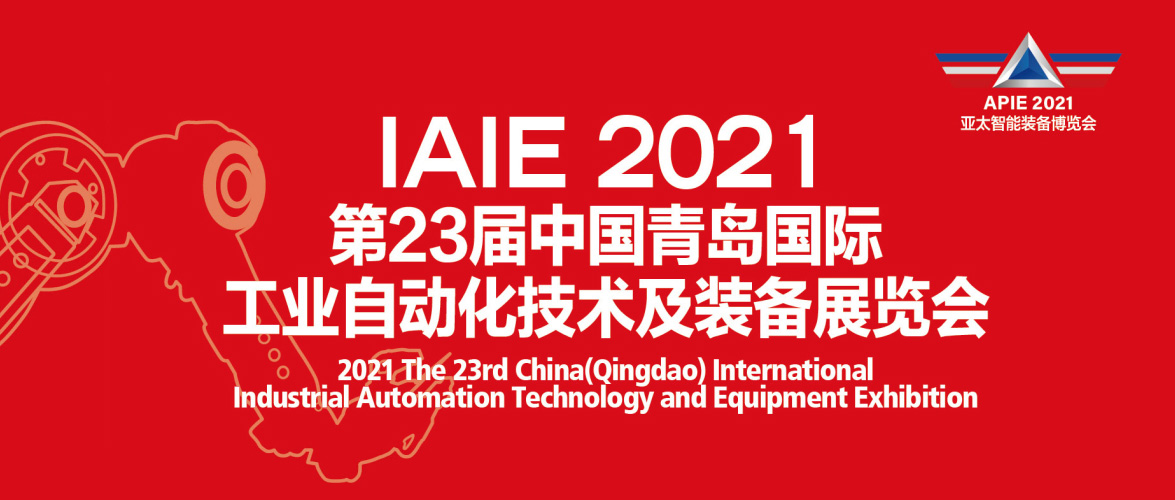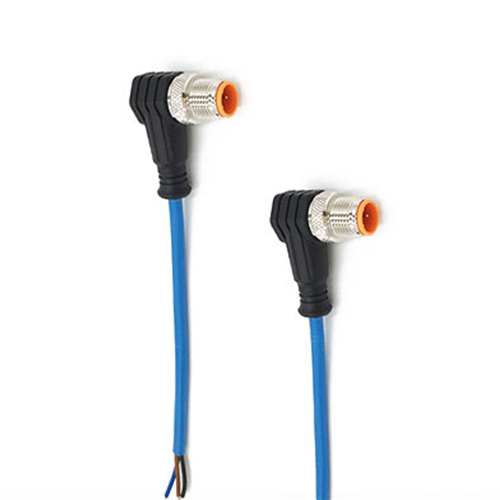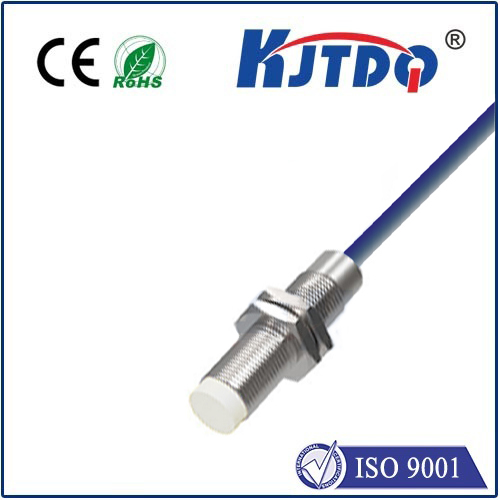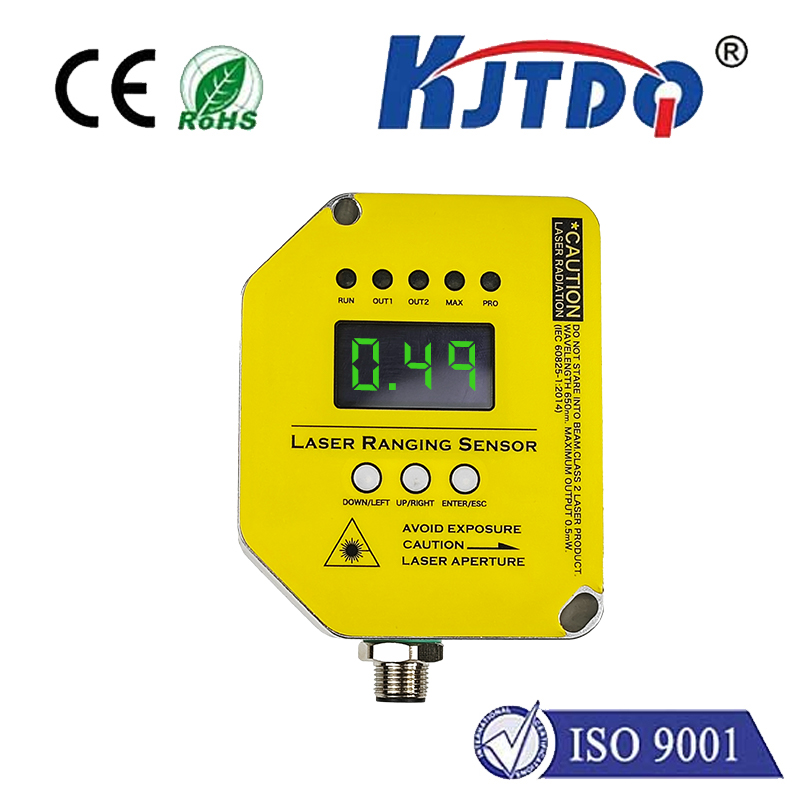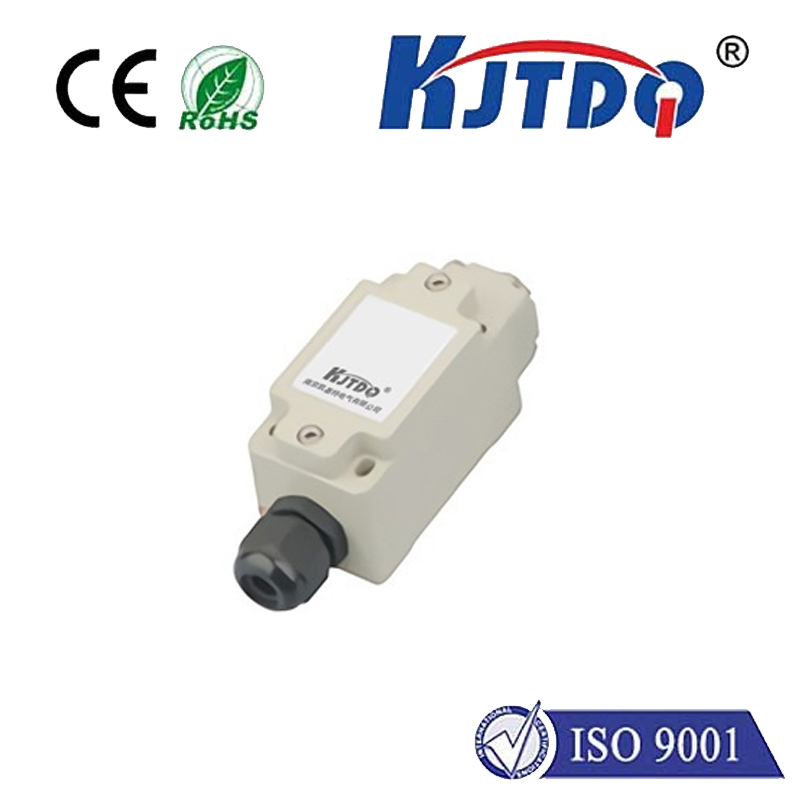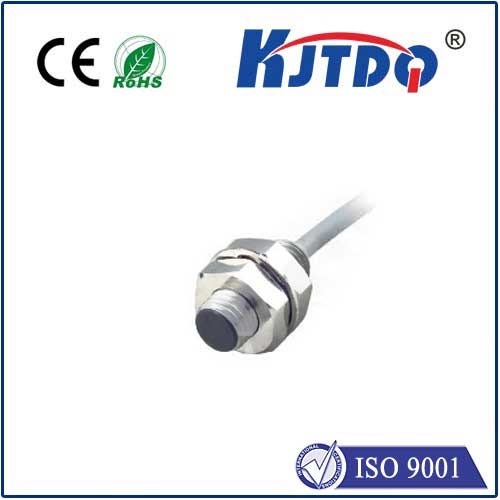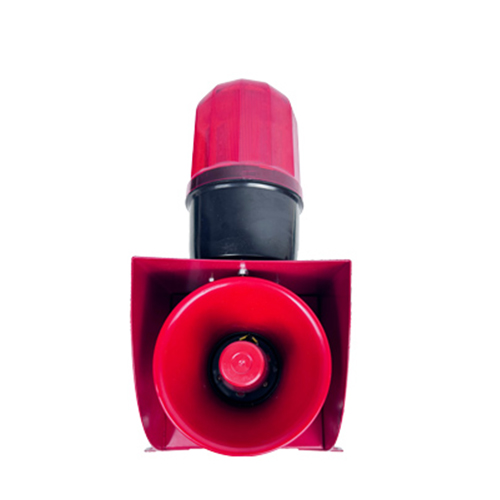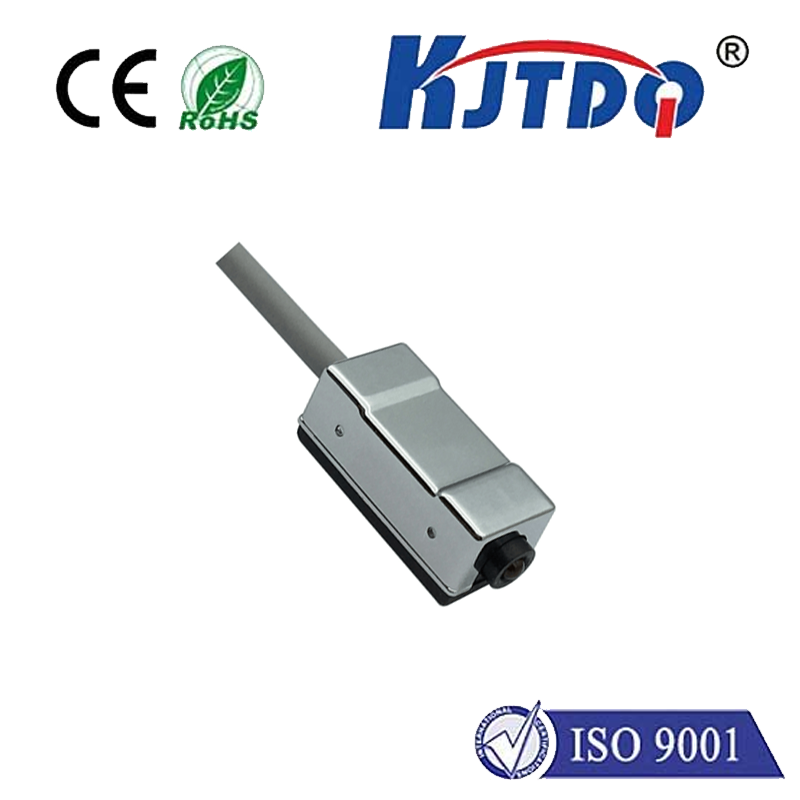calibrated temperature probe
- time:2025-08-21 02:04:43
- Нажмите:0
Calibrated Temperature Probe: Unlocking Precision in Critical Measurements
Imagine this: a critical vaccine shipment arrives at a hospital. Staff rely on a temperature probe within the storage unit to confirm it remained within the strict, life-preserving range during transit. But what if that probe was reading 2°C high? The consequences could be devastating. This scenario underscores why a calibrated temperature probe isn’t just another tool; it’s the bedrock of reliability in countless applications where accuracy isn’t optional – it’s imperative. This article delves into the essential role of calibration, transforming a simple sensor into a trusted instrument of precision.
At its core, a temperature probe is a transducer converting thermal energy into a measurable electrical signal (like resistance or voltage). Точность, however, isn’t inherent; it’s bestowed through a meticulous process called calibration. Calibration compares the probe’s output against a known reference standard under controlled conditions. This process quantifies any deviation (or “error”) from the true temperature and allows for adjustments or corrections to be applied to the probe’s readings.

Why is calibration so non-negotiable?
- Ensuring Confidence in Results: Without calibration, measurements are merely educated guesses. Calibration provides traceable assurance that your readings are reliable and meet the required level of accuracy for your specific task. Whether monitoring a chemical reaction, verifying oven temperatures in food production, or maintaining cleanrooms in semiconductor manufacturing, confidence stems from knowing your probe is telling you the truth.
- Maintaining Compliance and Meeting Standards: Numerous industries operate under stringent regulations (FDA, GMP, ISO, etc.) that explicitly require calibrated instrumentation. Using uncalibrated probes can lead to regulatory citations, product recalls, or even legal liability. Traceability, the unbroken chain of comparisons linking your probe’s calibration back to recognized national or international standards (like NIST), is often a critical component of compliance.
- Optimizing Processes and Quality Control: Temperature fluctuations can dramatically impact product quality, yield, and process efficiency. A calibrated probe allows for precise control and monitoring. This leads to consistent product output, minimized waste due to temperature-related defects, and efficient resource utilization. Drift – the natural tendency of sensor characteristics to change over time due to aging, harsh environments, or physical stress – is a primary reason regular recalibration is essential to maintain this precision.
- Preventing Costly Errors: Inaccurate temperature readings can have severe financial repercussions. Overheating materials might ruin a multimillion-dollar batch. Undercooked food poses health risks and brand damage. Incorrect environmental control can damage sensitive equipment. Calibration acts as a vital preventative measure, safeguarding against these expensive mistakes.
- Укрепление безопасности: In applications involving flammable materials, high pressures, or critical life-support systems, accurate temperature measurement is paramount for safety. A calibrated probe is a crucial element in preventing catastrophic failures and ensuring the safety of personnel and the public.
So, how is a temperature probe calibrated? The process typically involves:
- Selecting Reference Standards: High-precision, NIST-traceable reference thermometers (like platinum resistance thermometers or thermistors) are used. These standards have known, documented uncertainties much smaller than the probe being calibrated.
- Utilizing Stable Environments: Calibration baths (liquid or dry-block) provide extremely stable and uniform temperature zones at precisely controlled set points. Common calibration points include the ice point (0°C/32°F), boiling point of water (at specific atmospheric pressure), and other points relevant to the probe’s intended range.
- Сравнение: The probe under test and the reference standard are immersed together in the stable bath at each target temperature.
- Measurement and Adjustment: The readings of both the probe and the reference standard are recorded simultaneously. The difference between the probe’s reading and the reference standard’s reading at each point constitutes the probe’s error. This data is documented in a calibration certificate. Some probes can have their output electronically adjusted to minimize this error.
- Reporting: A calibration certificate is issued detailing the probe’s performance at the tested points, the measurement uncertainty, the standards used, and traceability information. This certificate is the proof of calibration.
Key Industries Relying on Calibrated Probes:
- Pharmaceuticals & Biotechnology: Ensuring sterility (autoclaves), stability testing, fermentation control, cold chain logistics. GMP compliance is impossible without traceable calibration.
- Food & Beverage: Cooking, pasteurization, sterilization, refrigeration, storage. Critical for food safety and quality consistency.
- Производство: Process control (plastics, metals, chemicals), environmental testing chambers, equipment validation.
- Environmental Monitoring: Weather stations, climate research, HVAC system validation.
- Здравоохранение: Sterilization equipment monitoring, laboratory incubators, refrigerators for blood/tissue samples.
- Energy & Utilities: Power plant monitoring, HVAC efficiency, fuel processing.
A temperature probe is only as reliable as its last calibration. Investing in regular, traceable calibration isn’t an expense; it’s an investment in accuracy, reliability, compliance, and ultimately, success. It transforms a potential point of failure into a cornerstone of confidence for any critical measurement task. Choosing a provider offering NIST-traceable calibration (often accredited to ISO/IEC 17025) ensures the highest level of trustworthiness for your temperature data. Don’t leave precision to chance; ensure your probe is properly calibrated.
